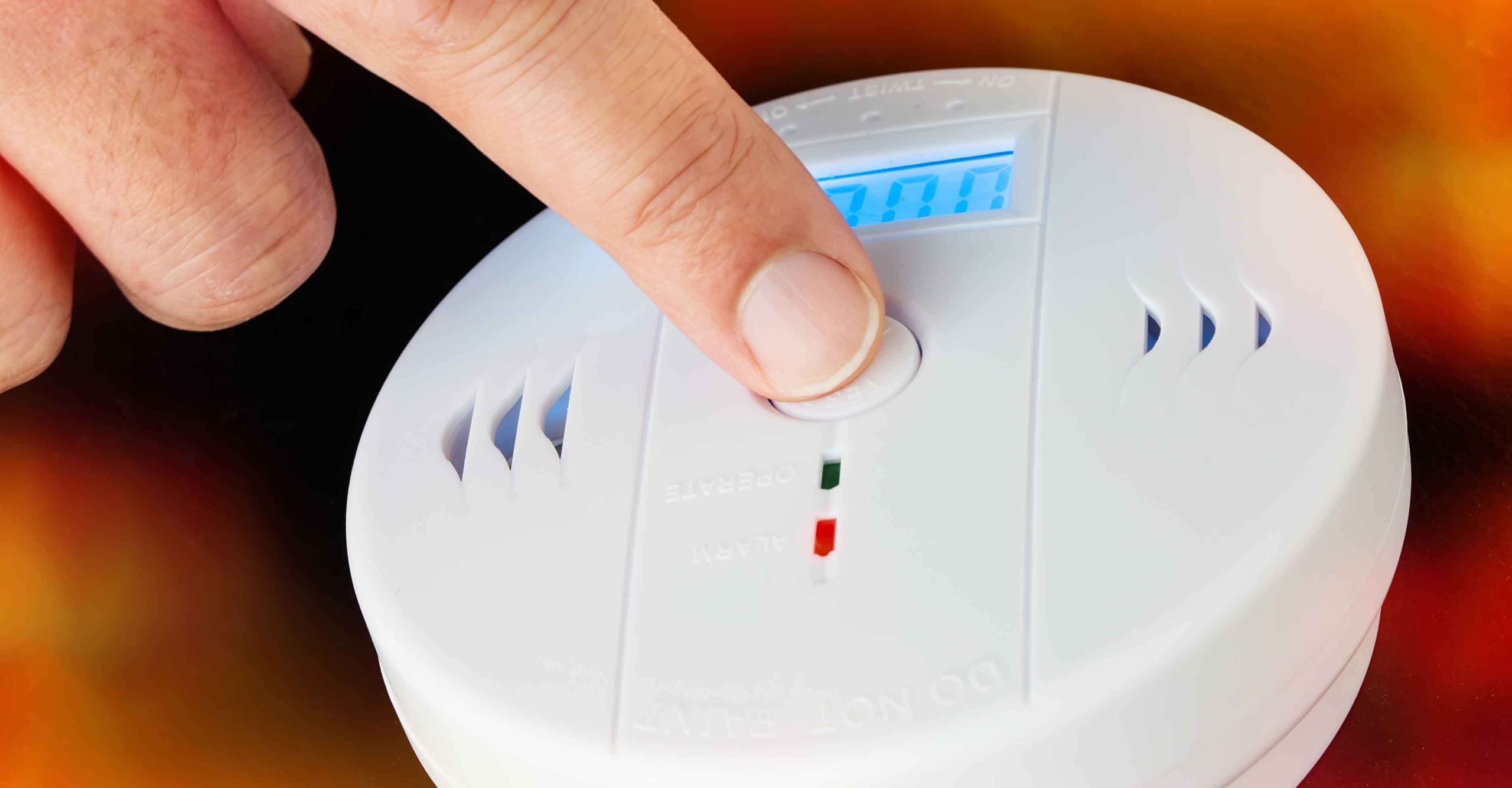With hurricane season in full swing, those of you who live in locations that tend to be affected may encounter carbon monoxide exposure.
Even weak hurricanes bring high winds, heavy rains and tornadoes that can render areas without power for days to weeks.
The use of generators increases during these times. Out of fear of theft, people will sometimes run generators in a garage. But they don’t realize the colorless, odorless carbon monoxide gas can creep under the door into their home.
As first responders receiving the call, we also can expose ourselves unknowingly to the toxic gas if we aren’t careful.
Clues carbon monoxide exposure risk is high when you arrive
We should be on high alert for carbon monoxide poisoning during times of power outages, but there are some things to keep in mind as we assess the situation for safety.
The first clue would be the dispatch information. If we receive a call of multiple unresponsive or semi-responsive patients in one home, we should definitely be concerned about possible carbon monoxide exposure.
If we hear a generator running and notice the power is out in the neighborhood, that also could be a tell-tale sign. However, just because a generator is not running does not mean there is no carbon monoxide poisoning. The generator could have run out of gas after the patient became unresponsive.
If we suspect our patient has carbon monoxide poisoning, keep in mind that our SpO2 monitor might read high because carbon monoxide binds to hemoglobin better than oxygen, causing a false high reading.
Keep in mind that the “cherry red skin” finding is usually a very late symptom. It is unlikely you will see this in your patient because it is more of a post-mortem finding.
The unresponsive patient likely will need aggressive airway management, as well as 100% O2 to displace the carbon monoxide molecules.
The patient likely will need hyperbaric chamber therapy if there’s been significant carbon monoxide exposure and the patient is symptomatic. This is important to keep in mind when making transport decisions, as well.
Safety for you and your crew is paramount. Appropriate safety gear needs to be worn and, as always, follow your organization’s protocols on how to proceed.

